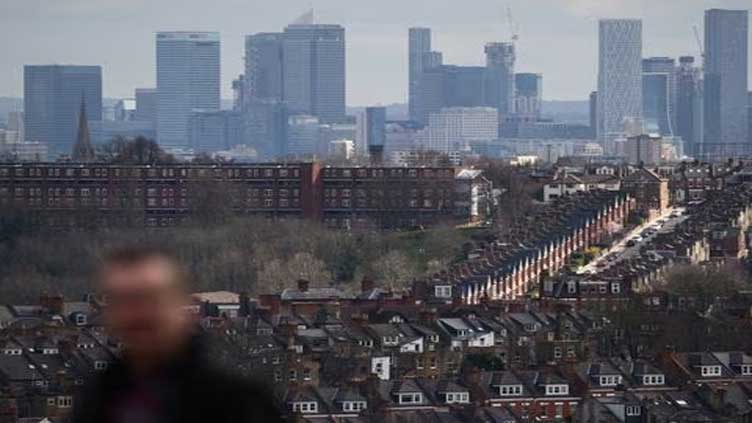Britain’s decision to remove guarantees on a chunk of emergency loans issued to small businesses during the pandemic has stoked uncertainty about the fate of more than one million loans that still have to be repaid by borrowers or settled by the government.
Reuters reported on Wednesday that the UK government had scrapped guarantees on nearly 1 billion pounds ($1.2 billion) of emergency pandemic loans, which had covered 80%-100% of the loan’s credit risk, depending on the lending scheme.
Published government data analysed by Reuters shows that 1.1 million loans accounting for around half the total 47 billion pounds in funds granted under the largest “Bounce Back Loan” (BBL) scheme are still outstanding.
This means that billions of pounds of loans have yet to be finally accounted for, which could lead to costs mounting for either the government or the banks that issued them.
The latest government figures for BBLs show 2 billion pounds were in arrears as of June 30, while 532 million pounds had defaulted and were yet to be the subject of claims. Lenders had made claims for one billion pounds worth of loans and were awaiting a government decision on the guarantee.
The bulk of the outstanding loan balances – worth more than 20 billion pounds – was being repaid on schedule at that date.
“The vast majority of bounce back loan scheme facilities, over three quarters, have been or are on schedule to be fully repaid,” a spokesperson for Britain’s business department said.
“Loans are fully guaranteed by the government, and lenders would only be liable if they did not adhere to the terms of the guarantee agreement.”
Bank lobby group UK Finance has said banks are in regular discussions with the British Business Bank (BBB) – which administers the loan schemes – with some removing loans from the guarantee at their discretion.
The BBB had said in response to a Reuters Freedom of Information request that the removal of guarantees on some loans was due to data corrections, application errors resulting in duplicate funds being sent to companies, and infringements of scheme rules.
PICKING UP THE TAB
Reuters has been unable to determine which banks were most exposed to guarantee removals. A Reuters request for a breakdown by the lender was rejected by the BBB on the grounds this could be “prejudicial to their commercial interests”.
According to government data, the largest issuers of BBLs were Britain’s “Big Four” banks – Barclays (BARC.L) (10.8 billion pounds), NatWest (NWG.L) (8.9 billion), Lloyds (8.5 billion) and HSBC (7.2 billion).
The British arm of Spain’s Santander (SAN.MC) issued the fifth most at 4.3 billion pounds, while digital bank Starling – which accelerated its growth during the pandemic by embracing BBLs – was sixth, with 1.6 billion pounds.
Reuters has no information to suggest these banks were most exposed to guarantee removals. Barclays, HSBC, NatWest and Lloyds declined to comment. The other two banks did not immediately respond to a request for comment.
John Cronin, banking analyst at Goodbody, said it was unclear how banks would be impacted by guarantee removals, but that some might have to recognise impairments.
The government’s BBL data disclosures have shown some smaller lenders have seen disproportionately more suspected fraud. However, Reuters has no evidence to suggest a correlation between suspected fraudulent loans and cancelled guarantees.
A source familiar with the matter told Reuters this week that suspected fraud was not necessarily a reason for removing a guarantee if scheme rules were otherwise followed.
The latest figures on BBLs show the government had paid out 6.9 billion pounds to lenders under state guarantees as of the end of June, while 5.6 billion had been fully repaid by borrowers. The data does not include partial repayments.
Post Views: 72


 Sports3 months ago
Sports3 months ago
 Sports3 months ago
Sports3 months ago
 Fashion2 months ago
Fashion2 months ago
 pakistan3 months ago
pakistan3 months ago
 pakistan3 months ago
pakistan3 months ago
 World2 months ago
World2 months ago
 World2 months ago
World2 months ago
 Sports2 months ago
Sports2 months ago



















